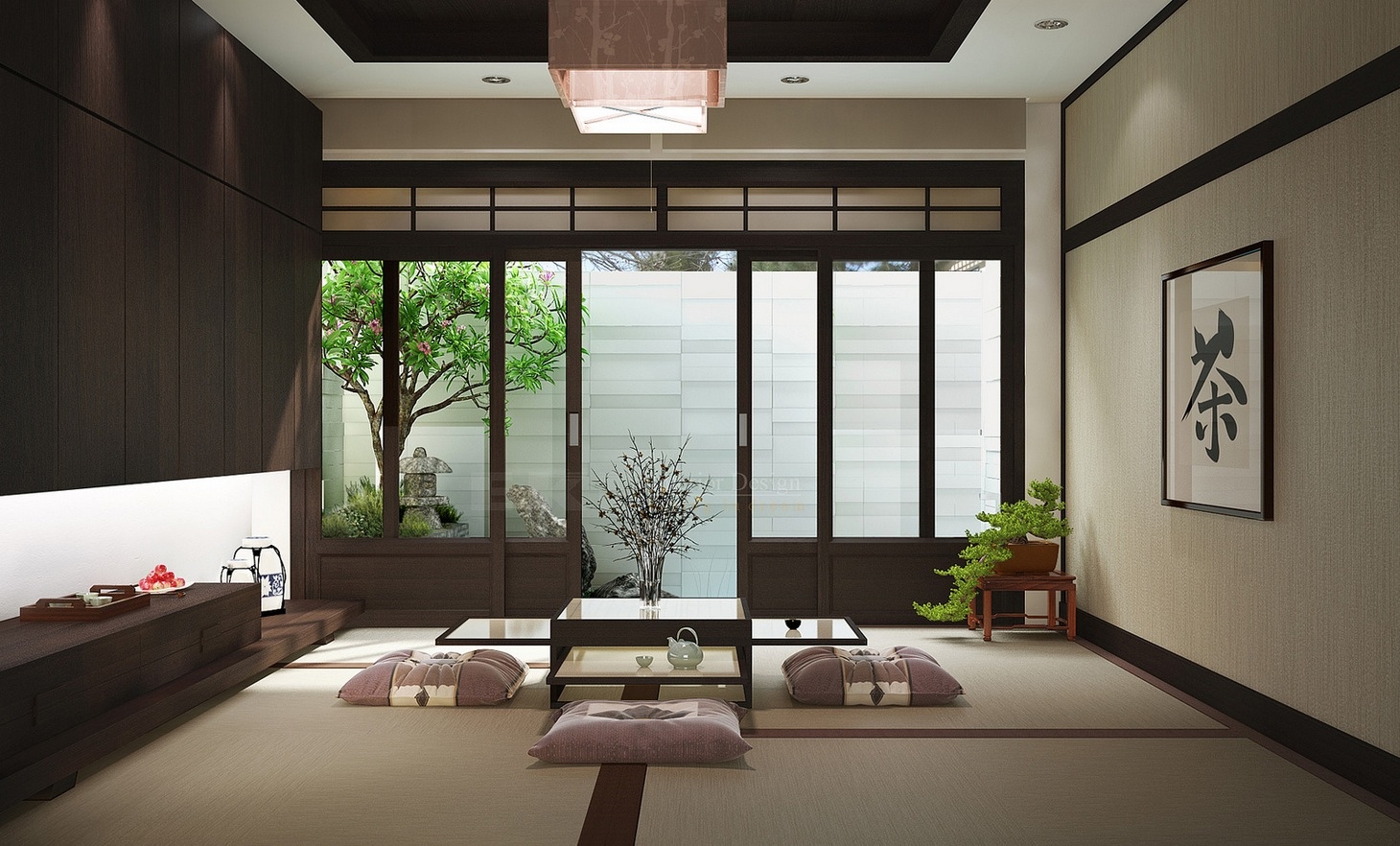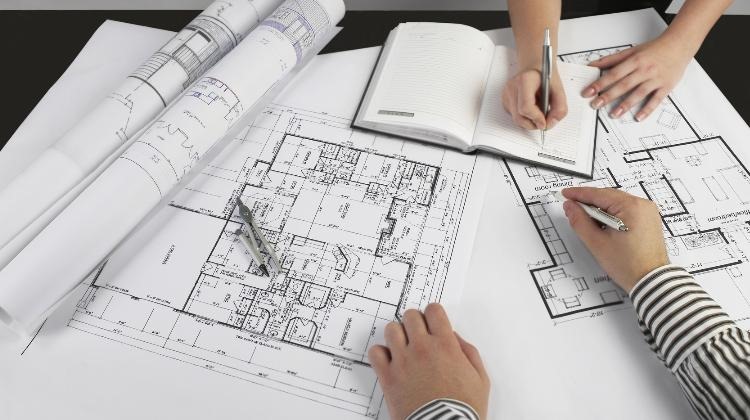The Role of Architectural Styles in Home Design

Architectural styles play a significant role in shaping the design and aesthetic appeal of homes across the globe. These styles reflect cultural, historical, and geographical influences, providing a rich tapestry of unique designs and features that contribute to the distinct character of neighborhoods and communities. Also, when it comes to purchasing a property, choosing the right neighborhood that matches your taste is helpful to find the architectural style you are looking for. In this article, we will explore the role of architectural styles in home design, examine some of the most popular styles, and discuss the factors that contribute to the enduring appeal of these distinctive designs.
The Importance of Architectural Styles in Home Design
Architectural styles serve as the foundation for the overall design and appearance of a home. They influence various aspects of home design, including the layout, building materials, exterior features, and interior design elements. The choice of architectural style can impact the following aspects of a home:
- Aesthetic Appeal: The architectural style of a home plays a crucial role in determining its aesthetic appeal. A well-designed home that is consistent with its architectural style can create a visually pleasing and harmonious appearance, contributing to the overall beauty of a neighborhood or community.
- Functionality: Architectural styles often dictate the layout and organization of spaces within a home, influencing its overall functionality and livability. This can impact aspects such as room sizes, the flow between spaces, and the arrangement of windows and doors.
- Historical and Cultural Significance: Homes designed in specific architectural styles often reflect the historical and cultural influences of a particular time or region. This can imbue a home with a sense of history and tradition, adding depth and character to its design.
- Personal Expression: The choice of architectural style can serve as a form of personal expression, allowing homeowners to showcase their tastes, preferences, and individuality through the design of their home.
Popular Architectural Styles in Home Design
While there are countless architectural styles worldwide, some have gained widespread popularity and recognition for their distinctive features and timeless appeal. Some of these popular styles include:
- Craftsman: Originating in the early 20th century as a reaction to the mass-produced, ornate Victorian architecture, Craftsman-style homes emphasize simplicity, natural materials, and handcrafted details. Key features include low-pitched roofs, wide eaves, exposed rafters, and large front porches with tapered columns.
- Victorian: Named after the reign of Queen Victoria, Victorian architecture encompasses various styles that were popular during the mid-to-late 19th century. These homes are characterized by their ornate detailing, asymmetrical facades, and steeply pitched roofs. Common features include turrets, bay windows, and decorative trim.
- Colonial: This architectural style dates back to the 1600s when European settlers built homes in the American colonies. Colonial-style homes often feature symmetrical facades, multi-pane windows, and steep, gabled roofs. Popular sub-styles include Georgian, Federal, and Dutch Colonial.
- Modern: Modern architecture emerged in the early 20th century, emphasizing clean lines, open floor plans, and a connection to the outdoors. These homes often feature large expanses of glass, flat roofs, and minimal ornamentation, allowing the building’s form and materials to take center stage.
- Mediterranean: Inspired by the architecture of countries bordering the Mediterranean Sea, this style is characterized by stucco walls, red-tiled roofs, and arched windows and doors. Mediterranean homes often feature courtyards, balconies, and outdoor living spaces that emphasize a connection to nature and a warm climate.
Factors Contributing to the Enduring Appeal of Architectural Styles
Several factors contribute to the ongoing popularity and appeal of various architectural styles in home design:
- Timelessness: Some architectural styles have a timeless quality that transcends changing trends and fashions. These styles often feature classic design elements and proportions that remain visually appealing and relevant across generations, ensuring their continued popularity.
- Adaptability: Many architectural styles are versatile and adaptable, allowing them to be easily customized or updated to suit the needs and preferences of individual homeowners. This flexibility enables homeowners to infuse their personal style and aesthetic sensibilities into their home, while still remaining true to the architectural style’s core principles.
- Regional Identity: Architectural styles often reflect the unique history, culture, and environment of specific regions, for example, the houses for sale in Montreal, Québec. This regional identity can evoke a strong sense of place and belonging, fostering a deep connection between homeowners and their homes. In many cases, regional architectural styles also incorporate design features and materials that are well-suited to the local climate and landscape, enhancing the home’s overall functionality and sustainability.
- Emotional Appeal: The choice of architectural style can have a powerful emotional impact on homeowners and visitors alike. A well-designed home that reflects a particular architectural style can elicit feelings of nostalgia, comfort, or inspiration, creating a sense of emotional attachment and investment in the property.
- Resale Value: Homes designed in popular architectural styles can often command higher resale values, as their timeless appeal and distinctive design features are highly sought after by potential buyers. This can make investing in a home with a strong architectural style a wise financial decision, as well as an aesthetically pleasing one.
Conclusion
Architectural styles play a pivotal role in shaping the design and character of homes, influencing aspects such as aesthetic appeal, functionality, and historical significance. By understanding the factors that contribute to the enduring appeal of various architectural styles, homeowners can make informed decisions about the design of their homes, creating spaces that are both visually appealing and deeply meaningful. In the end, the choice of architectural style serves as an essential component of the home design process, reflecting the unique tastes, values, and aspirations of those who inhabit these distinctive spaces.
FRENCH TAGS
- Acheter une propriété – choisir le bon quartier qui correspond à vos goûts
- Maisons à vendre à Montréal











